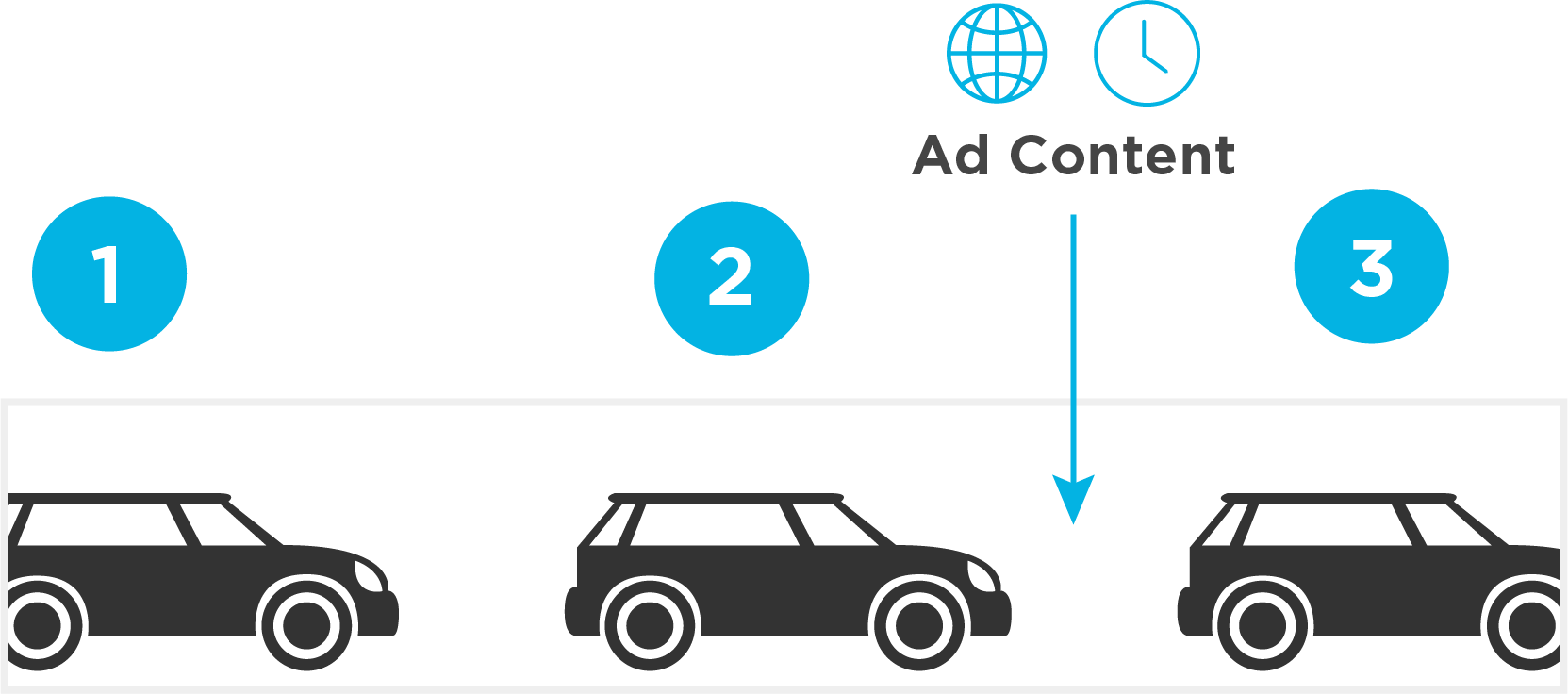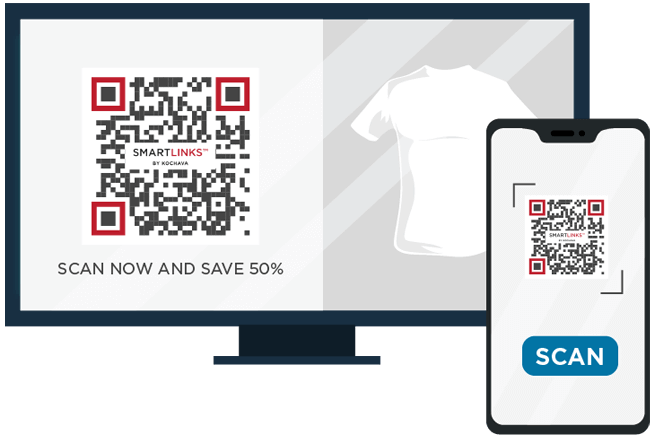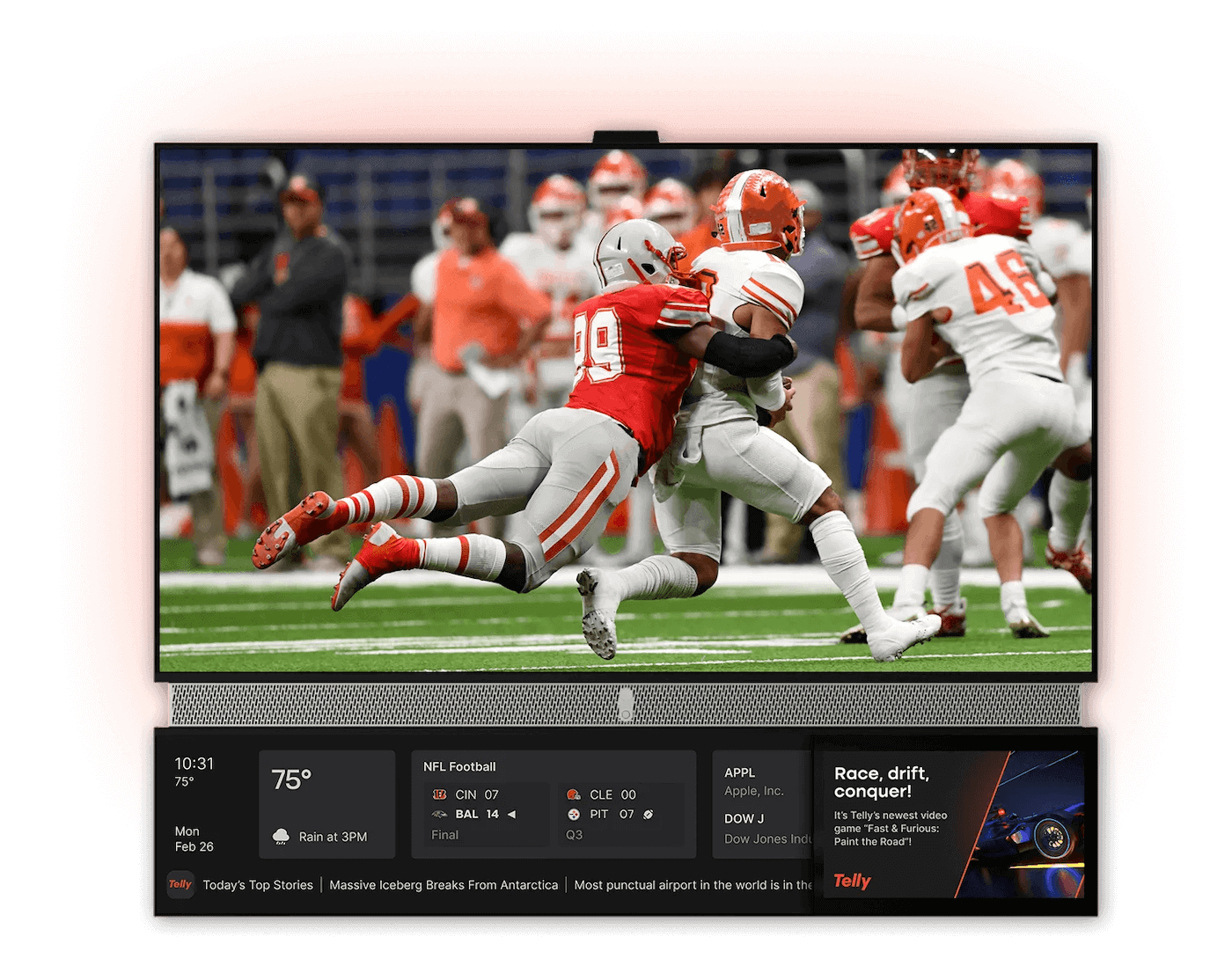CTV’s evolution from passive entertainment to dynamic shopping platform
Among digital marketers, there’s always an air of excitement surrounding the subject of Connected TV (CTV)—every sofa could be a potential storefront. The TV is swiftly transforming living rooms from a passive in-home entertainment environment into an interactive, shoppable TV experience. Unlike the traditional QVC model, which is limited to a specific channel dedicated to shopping, CTV is evolving to create seamless purchase moments across various content platforms. The hours we used to spend simply watching TV are morphing into influential encounters with shoppable ads and interactive content.
Let’s take a look at three watershed moments of this shift.
#1 Contextual Marketing Meets CTV
Contextual marketing, which tailors advertising or content based on the user’s current environment or activity, is increasingly driven by advanced technologies adept at understanding digital content. Integration of these technologies into CTV affords new strategies for over-the-top (OTT) advertising. Dynamic ad insertion (DAI) and contextual intelligence designed for CTV look to shift beyond mere ad placements, or just getting ads in front of eyeballs. The end goal is to integrate ads seamlessly into the content consumers are consuming—in real-time.
“We are not just about the ad experience but about making an impression. The chance to reach niche audiences through CTV channels should come with minimal interruption, thus underlining the necessity to think innovatively and outside the box.”
At its core, DAI integrates advertisements directly into the content stream, ensuring a cohesive and engaging viewing experience that doesn’t detract from the content or emotional moment. By leveraging advanced targeting capabilities, advertisers can deliver ads that resonate with the intended audience, leading to higher levels of engagement and interaction while reducing ad fatigue.
For example, imagine streaming a travel documentary on a CTV platform. With contextually enabled DAI, advertisers can dynamically insert ads for travel-related products or services—such as airline tickets or vacation packages—into the program, creating a fluid, relevant advertising experience for the moment the viewer is in.
Dynamic ad insertion (DAI) is a server-side video ad technology. Coupled with contextual intelligence, it can deliver targeted ads to viewers based on the context of the content they’re consuming at the moment.

#2 QR Code Explosion and Rise of Shoppable TV
Ad spots (albeit video or native display) featuring a quick response (QR) code are now commonplace. This wasn’t always the case. This shift is another milestone along the journey from TV as a passive to more interactive medium. Widespread acceptance of advertising that integrates itself into the viewing experience and offers direct response touchpoints is crucial when treading into the territory of shoppable TV. This streamlines the shopping experience, making the path from desire to possession a truly linear affair.
Consumer interest in this technology signals not only a shift in shopping behavior, but also untapped potential for TV advertisers and marketers. By syncing advertising content with the users’ needs and expectations, companies foster a deeper connection between their brand and consumers. QR codes can guide viewers to shop or engage with the advertised products on their mobile device instantly—without disrupting the main viewing experience.

A quick response (QR) code is a type of scannable barcode that contains information (e.g., website URL, app store URL, or app deep link) stored within a pixel array.
Yet, this new wave of tech advancement doesn’t come without its share of challenges. QR codes aren’t always easily scanned within the short time they’re displayed on screen, and advertisers grapple with measuring the effectiveness of shoppable ads and QR codes. Successfully navigating this requires the integration of various measurement technologies and a shift toward thinking like a tech company and accurately marrying advertising content with user preferences.
#3 Evolution of TV Operating Systems
Smart TV platforms are increasingly investing in the evolution of their operating systems (OS), making them conduits for finely tuned, user-focused experiences. Enhanced performance efficiencies and improved ad delivery tactics aim to serve marketing messages that don’t intrude but rather enhance or complement the viewer’s experience.
Such optimization is the future of T-commerce, and select companies are already investing in this direction. For example, enter Telly, a dual-screen television. Telly TVs include a 55-inch theater display with a Harman Kardon soundbar connected to a bottom smart screen display—perfect for serving ads that resonate or complement the content on the top screen. Further, the Telly remote is integrated with smart pay technology, enabling consumers to link a payment method and make purchases from their remote without needing a second device like a phone or laptop. While a pizza commercial is running on the main screen, for example, an ad can run on the soundbar allowing the viewer to order their favorite pizza with a click of the remote. This fluid experience eliminates friction for the user, increasing the propensity to convert in the moment.

This heralds a paradigm shift in how consumers engage with content. It enables the simultaneous consumption of diverse media and relevant ads, thereby redefining the boundaries of TV advertising while minimizing a disruptive ad experience for the viewer. Optimization puts consumers back at the center of exchange in TV advertising.
Additionally, smart TV platforms are creating entirely new home-screen experiences and content hubs around major sporting events (Superbowl, Olympics), awards shows (Emmys, VMAs), and other tentpole events. Tailored content enables consumers to quickly find and watch all content related to the event, at the same time enabling advertisers to reach consumers with focused ad experiences that resonate within the context of the event. This signifies a shift toward actually engaging the engaged. But it’s not just about fostering interactivity for interactivity’s sake. The long-term goal is to generate conversions and drive outcomes, and the key tool for facilitating this conversion journey is an incredible operating system capable of delivering evocative moments. The call to action is clear for TV manufacturers: The demand for smarter devices is on the rise. TVs should not just be passive screens but rather active engagement hubs where advertising and commerce converge.
Yes, Performance Measurement on CTV Is Possible
As CTV advertising continues to evolve, the importance of accurate performance measurement becomes increasingly clear. Analytics and attribution are essential for offering marketers a view into consumer behavior and the effectiveness of their marketing. Kochava offers comprehensive measurement options for CTV, providing advertisers with advanced analytics and insights to track and optimize campaign performance.
To learn more, check out our marketer’s guide to CTV here.





